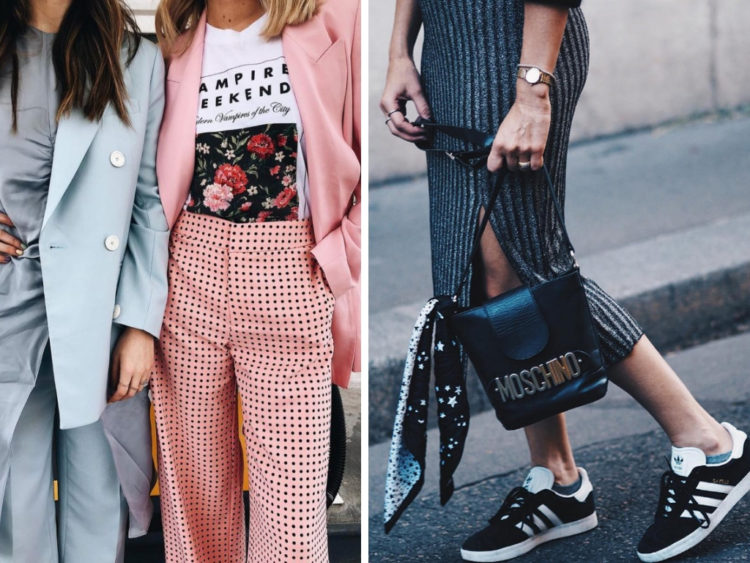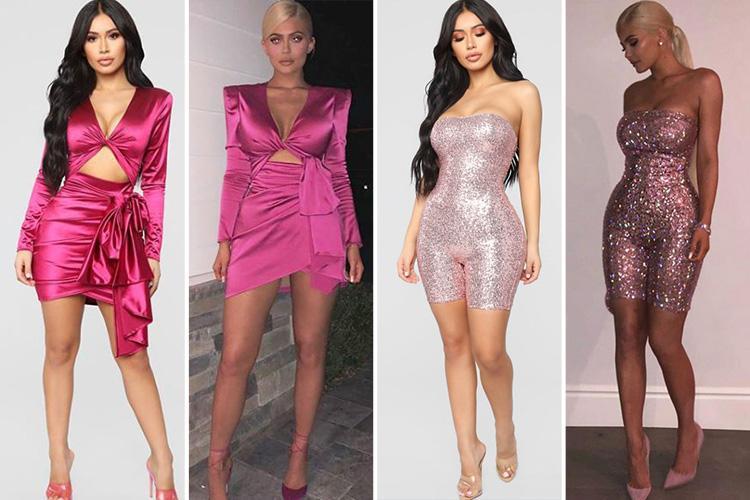The popular notion of “print media being a dying art” is hardly discussed in relation to readers and stakeholders. Perhaps it’s not that print media is no longer an effective means of conveying fashion trends, but that readers have simply changed the way in which they receive information.

From the 2000s attention spans have dropped drastically from twelve seconds, to nine seconds; merely one second short of a snapchat video. The refinement of social networking apps has seen this plummet even further as its accessibility is far more widespread. In the technological era, having an online presence is of paramount importance for businesses and brands regardless of whether they are up and coming or established. The Instagram Influencer has been crucial for this idea to take off, as Instagram is one of the only social media apps to have deconstructed barriers between consumers and companies. The app creates a two way conversation with the comment section becoming an open forum for instantaneous chat and feedback. As a result, it attracts a larger clientele.
Magazines, although artfully produced, cannot provide the same community that social media does. Printing once a month does not provide a strong enough momentum for fashion to carry or make waves in smaller communities. Instagram allows companies to curate their own feeds and aesthetics, creating a refined image of their brand to project to clients. It only takes a glance at Versace’s Instagram to see how strikingly different their aesthetic is from Michael Kors, or Michael Kors from Fendi. In other words; why utilise a measly double page spread of a magazine, when an entire platform is available to reach millions without the threat of being overshadowed by competing brands?

Another powerful tool that Instagram offers that magazines do not is autonomy with advertisements. There are many forms of advertising available to brands, with the most popular being collaboration between high profile models or socialites. A prime example of this symbiotic relationship is the collaborations between Tommy Hilfiger and supermodel Gigi Hadid. With the growing importance of public figures in the fashion industry, it has become a prominent trend for brands to advertise their clothes on people that matter in the public eye. This often leads to the trickle down effect of fashion, which is being seen with multi-million dollar company Fashion Nova whose designs are now popular dupes for high-end branded clothing. With endorsements from celebrities like the Kardashians and Cardi B, Fashion Nova has become one of the most searched fashion brands alongside big names like Gucci, Chanel, and Louis Vuitton – all without any runway shows or magazine features.
Not only has Instagram become a platform for small businesses to showcase their designs, but the in-app browser has made shopping more accessible than ever. While browsing through magazines has effectively been reduced to window shopping, Instagram allows consumers the innovation to browse, bookmark and buy all in the single app. Ultimately, brands have been required to lean away from featuring in traditional fashion magazines and instead creating a striking online presence to remain relevant to consumers.
Do you think Instagram has played apart in the decline of print media, in relations to fashion magazines? Let us know in the comments.







